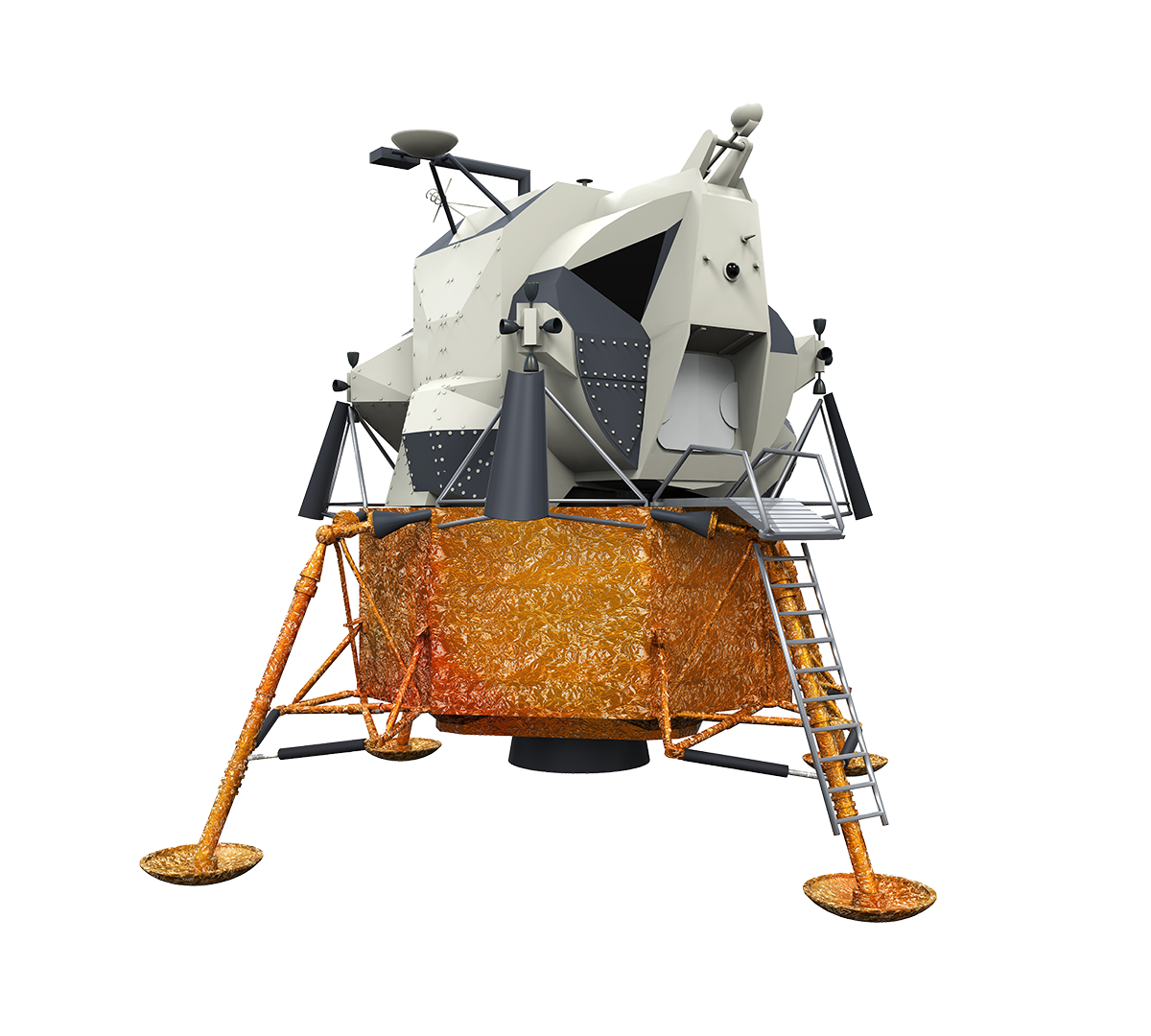Go for Orbit: One of America's First Women Astronauts Finds Her Space, Rhea Seddon, 2015.
Handprints on Hubble: An Astronaut's Story of Invention, Kathryn D. Sullivan, 2019.
I have just finished reading a couple of books written by two of the first six women to be chosen by NASA as astronauts back in the 1970s. Their experiences flying multiple times on the space shuttle are of natural interest to me, not only because they dovetail with some research I am doing but also because another of the six used to be my boss.
On first impression, these two books could not be more different.
Rhea Seddon's book "Go For Orbit" is a remarkable exploration of her family life and space career intertwined: understandable, as her husband, Hoot Gibson, was also an astronaut. Her book is remarkably descriptive, drawing us in to her years studying at Berkeley at a time of enormous social change. Her vivid descriptions of her years as an emergency room doctor are gripping, and reminded me of stories I've heard of doctors serving on combat front lines. I was amazed how fast she moved from that world to that of a NASA astronaut. She perfectly describes the wide-eyed feeling she had as the media bombarded her with queries on every possible space subject, when she'd barely had time to show up and grab her name badge. I gained a better understanding of the social and public relations side of being an astronaut, which (at least initially) seemed to be as important a part of the job as technical expertise and proficiency.
Seddon and Sullivan arrive at NASA at a unique time: they are going to fly the space shuttle, but the shuttle does not exist yet. It's getting ever closer, but both astronauts can share what it was like to work on a vehicle beset by delays yet full of promise. The friendly clarity with which Seddon describes complex engineering subjects had me, frankly, envious of both her deep knowledge and ability to relate to a general audience.
We're there in the shuttle with her for each of her three remarkable shuttle missions, which (just like Sullivan's career) take place both before and after the Challenger disaster. We're there as she balances having children with flying in space, with some tough personal decisions explained. I believe she has published it herself, giving her the advantage of telling all the stories she wants to tell, and adding color images on pages right as certain events are described.
Seddon pointedly brings up some stark negatives she felt NASA had when cooperating in space with the Russians during the flights to their MIR space station, and she also goes into some unflinching detail describing and defending animal experiments she performed in space. Other writers may have chosen to smooth over these potentially contentious viewpoints, but it's a mark of her honesty that, whether you agree or not, she stands by her beliefs and gives her forthright opinions.
Kathy Sullivan's "Handprints on Hubble," at first, seems about as far removed from Seddon's as it can be. It's a literal nuts-and-bolts book, as she describes the journey she took to make sure the Hubble Space Telescope would be able to be repaired by human hands in space. Other than a passing reference to her father, it's light years away from Seddon's family tales. And yet, Sullivan largely achieves the same effect. Her three space missions are striking in their differences and related with clarity. Her work is vividly and engagingly described, and we fight for and with her on every step of the decision-making process that allowed Hubble to be serviced in space (and thank goodness she did, given the extensive modifications and upgrades it has needed over time). Her passion for her subject flows into us as we learn just what a remarkable undertaking it was. I found myself once again envious, as she makes engineering developments and fixes come to life in such engaging and human ways. I was left thinking there was no engineering issue in the world Sullivan could not solve if given the job.
But as I read, I found there was as much of a family in this book as there was in Seddon's. Sullivan's warm working relationships over decades with a remarkable variety of astronauts and engineers plays out much like a family dynamic - similar feelings of those we are close to, those we are not, those who stand by us, those who let us down - and how those feelings can be ever-shifting. Technology, it seems, is only as good as the people who put it together. Here we learn the very human work behind one of our greatest ever engineering achievements.
I admire both women for the same reason: strength of character. They knew what they wanted to do, they did it, and they're still going strong, doing what they want to do, and determined to inspire others.
Which book should you read? The answer is simple. Read both.

